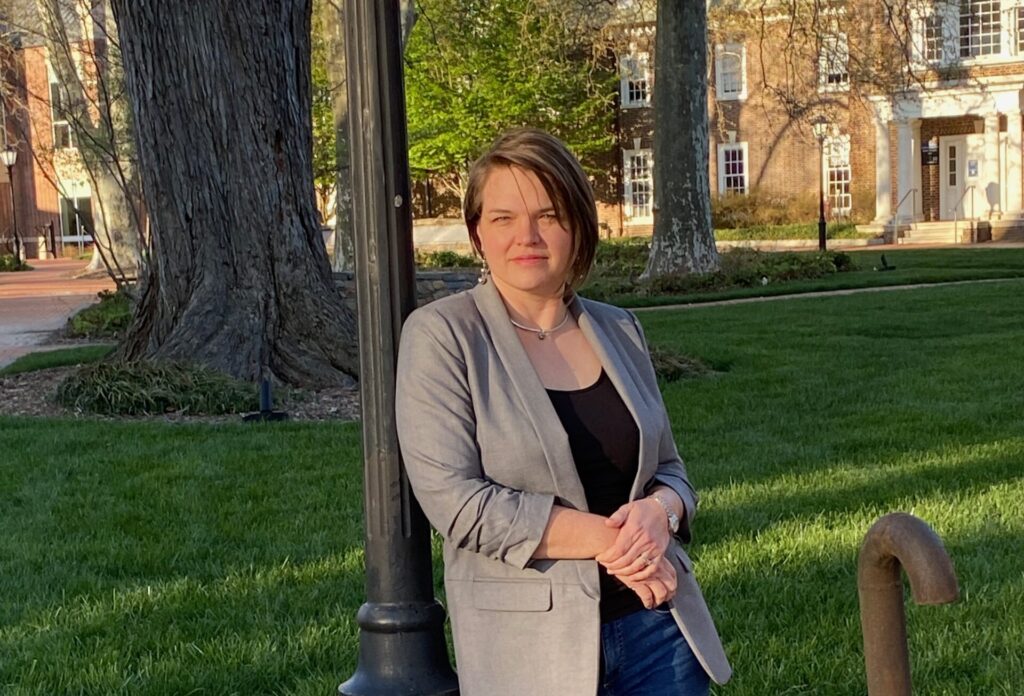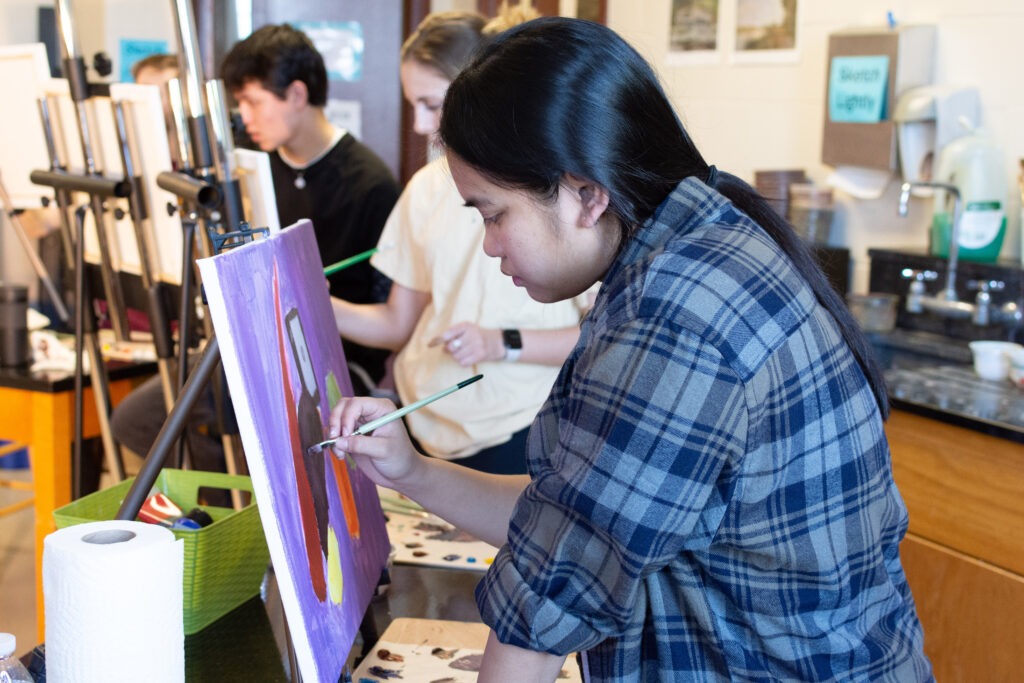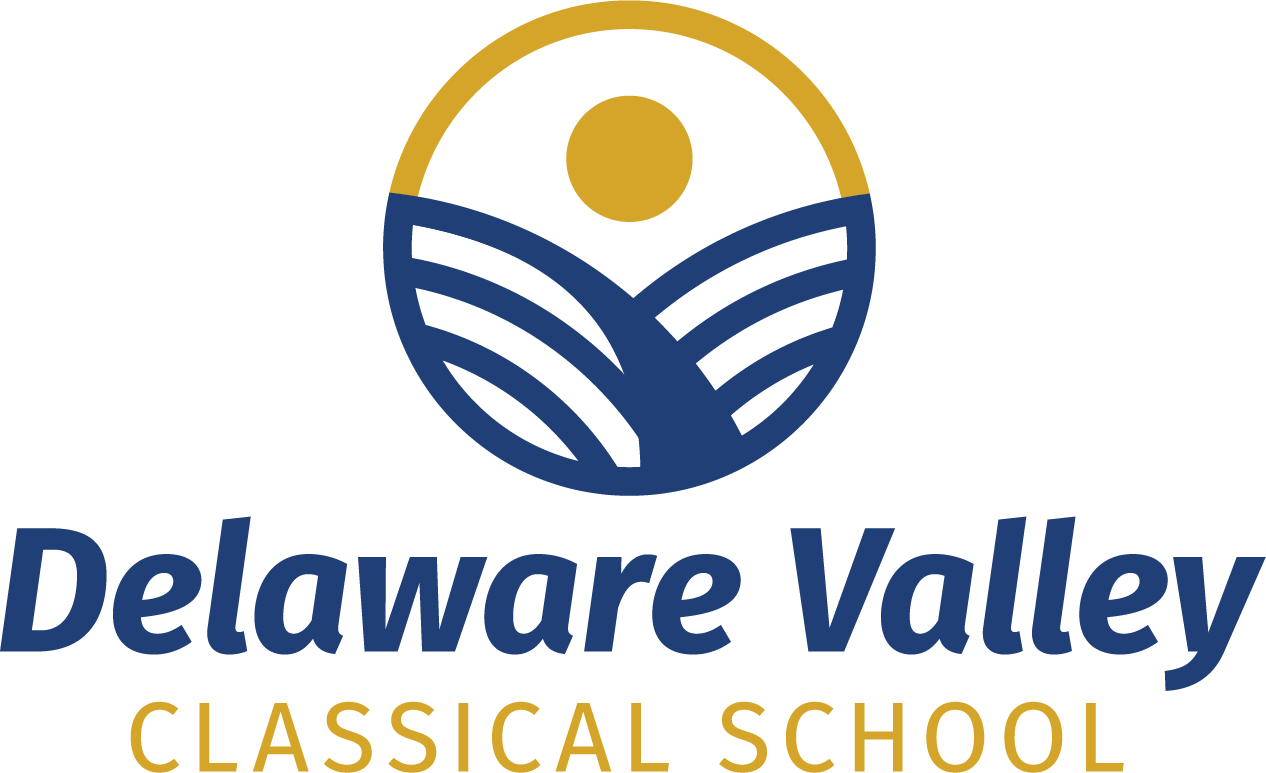Mrs. Kandra Bellanca will begin teaching art and aesthetics at DVCS this fall. Read on to learn more about her experience with art as well as her passion for classical education!

Bellanca enjoyed drawing and taking art classes from a young age. While in high school, she wanted to study film, but after reading a book about film school that advised majoring in liberal arts first, she enrolled as an art major at Baylor University, which offered liberal arts degrees. She later decided to transfer to art school and graduated from the Maryland Institute College of Art with a degree in painting.
Bellanca is a representational oil painter, meaning that her work depicts recognizable objects. She is interested in portrait and figure drawings and paintings, and her two favorite artists are Michelangelo and John Singer Sargent.
“I believe that art can be hyperreal, giv[ing] people a vision of something that they would maybe pass by or not really look deeply at,” she said. “The artist has the ability to bring qualities of reality out in their work and communicate that to other people in a way that can be enlightening for both the artist and the viewer.”
Although Bellanca did not initially want to become a teacher, she realized after having children that both teachers and knowledge of art were deeply needed.
“The average person [is] so deeply divorced from art in their daily life that they don’t understand it enough to feel comfortable looking at it,” she said. “So as I matured a little bit, I started to think, ‘No matter how good the art is that I make, if nobody is looking at it and no one understands it, what is the use?’”
After teaching in various situations, Bellanca realized that she loved it.
“I started to feel like I had this really deep purpose of wanting specifically to bring perspective on art to people who otherwise wouldn’t have it,” she said.

Bellanca’s interest in classical education began with classes in the classics department during her time at Baylor University.
“I remember watching [the department faculty] interact with each other and listening to them speak in class … and I just remember thinking that those guys had X-ray vision into the world because they knew Greek and Latin, and they understood ancient history,” she said.
At that point, Bellanca decided that all her children would study Greek and Latin. Later, as she homeschooled them, she began to research classical education more deeply through reading and listening to podcasts.
Bellanca believes there are two ways to consider the connection of faith and art. First, because all truth is God’s truth, any truth communicated through art points to His creation, regardless of whether the artist is a Christian and realizes that.
“I think that the human soul [is] always hungering for understanding reality in a properly-ordered way, but I also think that we’re currently living in a time where there is a lack of Christian perspective in the arts, which has actually led to the arts being in quite a mess right now,” Bellanca said. “Contemporary art isn’t able to move on to the next thing. It’s sort of come to the end of secular humanism, and I think the only antidote to that is a perspective on the world that includes God as a Creator as a central reality.”
Bellanca also pointed out that art is closely tied to craft and the materials used but is ultimately a means to communicate something more.
“[Students] are not tied to the tangible as much maybe in other subjects as the artist is tied to the earth, tied to what we can touch and manipulate physically, so craftsmanship is critical,” she said. “God is an excellent craftsman, so we should imitate Him in that way. I also think that art intersects with every other thing. Art is only a language. It’s only a medium. It has to have content in order to have meaning, so we need to be good craftsman but also have good ideas. And those ideas aren’t always going to be communicated directly or in ways that we can, as artists, fully conceptualize. But if we do it well, we can make objects that point to something transcendent.”
As she begins teaching at DVCS, Bellanca plans to continue emphasizing drawing and craftsmanship in order to develop students’ competency and knowledge of art history.
“I hope to really connect with the students in a meaningful way and help make art accessible for them,” she said.
Visit DVCS to see classical Christian education in action. Call 302-455-8740 ext. 104 to schedule your visit today!



